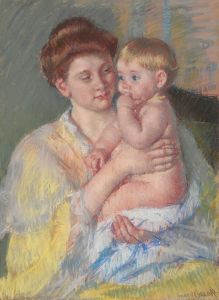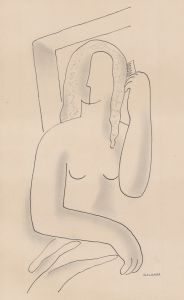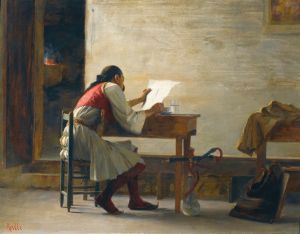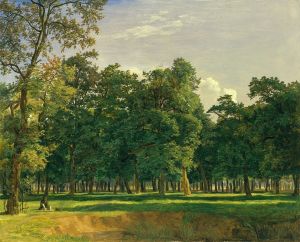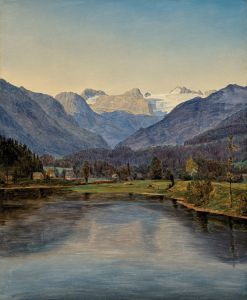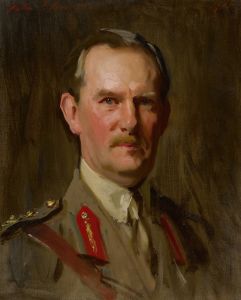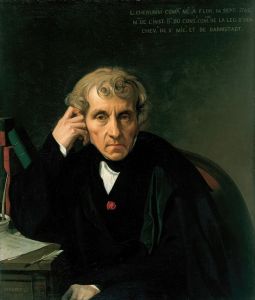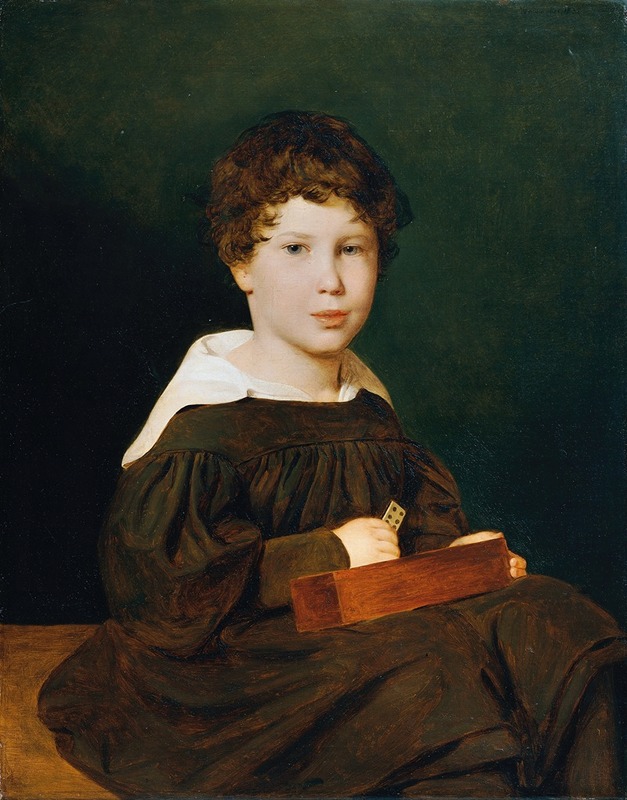
Heinrich Werner , der Sohn des Ehepaares Johann und Magdalena Werner
A hand-painted replica of Ferdinand Georg Waldmüller’s masterpiece Heinrich Werner , der Sohn des Ehepaares Johann und Magdalena Werner, meticulously crafted by professional artists to capture the true essence of the original. Each piece is created with museum-quality canvas and rare mineral pigments, carefully painted by experienced artists with delicate brushstrokes and rich, layered colors to perfectly recreate the texture of the original artwork. Unlike machine-printed reproductions, this hand-painted version brings the painting to life, infused with the artist’s emotions and skill in every stroke. Whether for personal collection or home decoration, it instantly elevates the artistic atmosphere of any space.
Heinrich Werner, der Sohn des Ehepaares Johann und Magdalena Werner is a painting by the Austrian artist Ferdinand Georg Waldmüller. Waldmüller, born on January 15, 1793, in Vienna, was a prominent figure in the Biedermeier period, known for his detailed and realistic portrayal of everyday life and landscapes. He is considered one of the most important Austrian painters of the 19th century.
The painting depicts Heinrich Werner, the son of Johann and Magdalena Werner, and is a fine example of Waldmüller's skill in portraiture. The exact date of the painting is not specified, but it is consistent with Waldmüller's style and technique developed during the height of his career in the mid-19th century.
Waldmüller's portraits are renowned for their meticulous attention to detail and the lifelike quality of his subjects. In this painting, Heinrich Werner is presented with a serene and composed expression, reflecting the artist's ability to capture the personality and essence of his sitters. The background and surroundings in the painting are rendered with equal precision, providing a context that enhances the overall realism of the work.
Ferdinand Georg Waldmüller was a master of light and shadow, and this painting is no exception. The use of light in the portrait of Heinrich Werner highlights the textures and colors of the subject's clothing and features, creating a three-dimensional effect that brings the painting to life. Waldmüller's technique involved careful observation and a deep understanding of the interplay between light and form, which is evident in the subtle gradations and the naturalistic depiction of the human figure.
The Biedermeier period, during which Waldmüller created many of his works, was characterized by a focus on domesticity and the depiction of middle-class life. This painting fits well within that context, as it portrays an individual from a presumably middle-class background with a sense of dignity and respect. The attention to detail in the subject's attire and the setting suggests a comfortable and stable environment, typical of the Biedermeier aesthetic.
Waldmüller's contributions to art extended beyond his paintings. He was also an influential teacher and writer, advocating for the importance of studying nature and the direct observation of the world as the foundation for artistic practice. His works, including the portrait of Heinrich Werner, reflect these principles and have had a lasting impact on the development of realistic and naturalistic art in Austria and beyond.
In summary, Heinrich Werner, der Sohn des Ehepaares Johann und Magdalena Werner by Ferdinand Georg Waldmüller is a testament to the artist's exceptional skill in portraiture and his dedication to realism. The painting captures the essence of the Biedermeier period and showcases Waldmüller's mastery of light, detail, and the human form.





